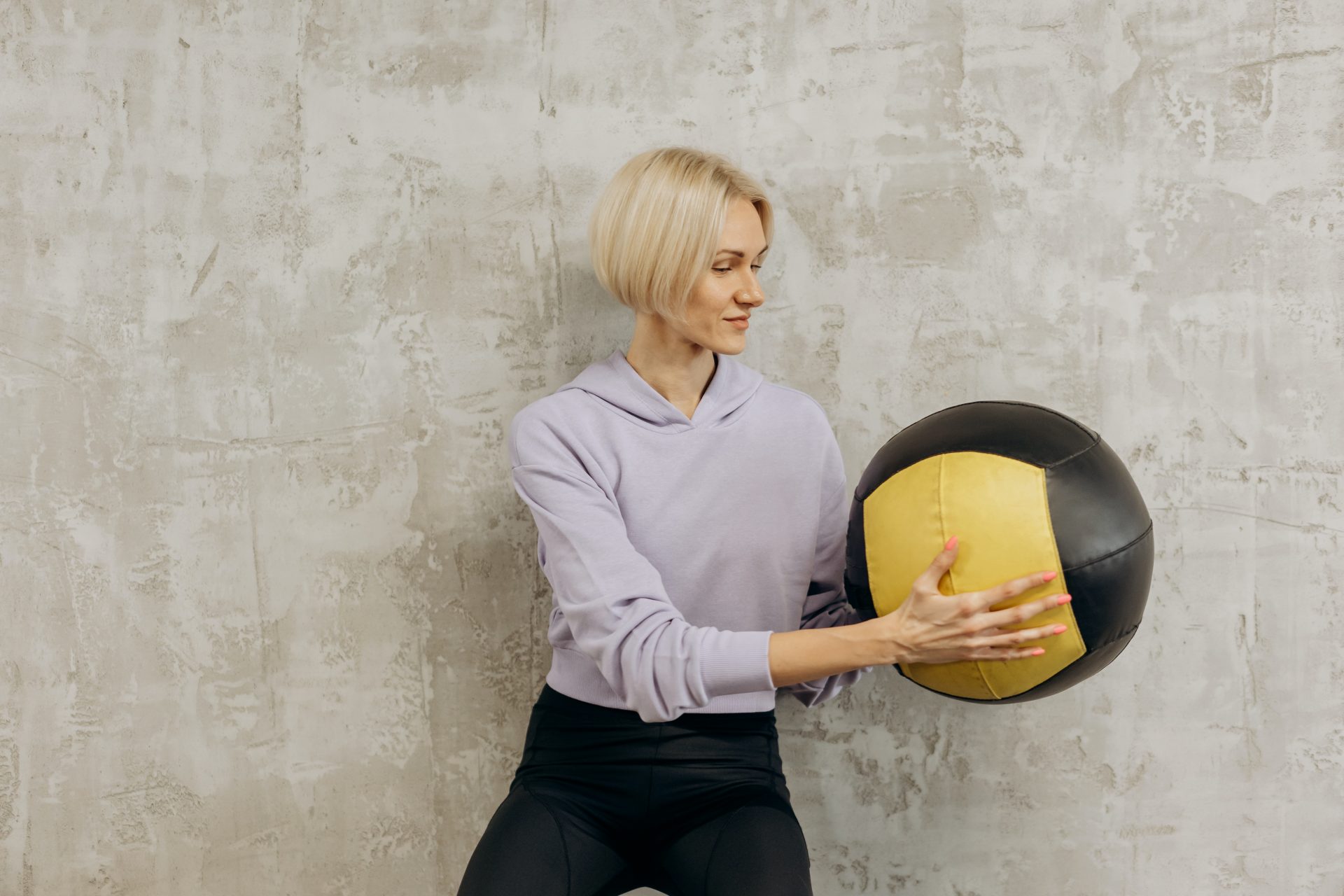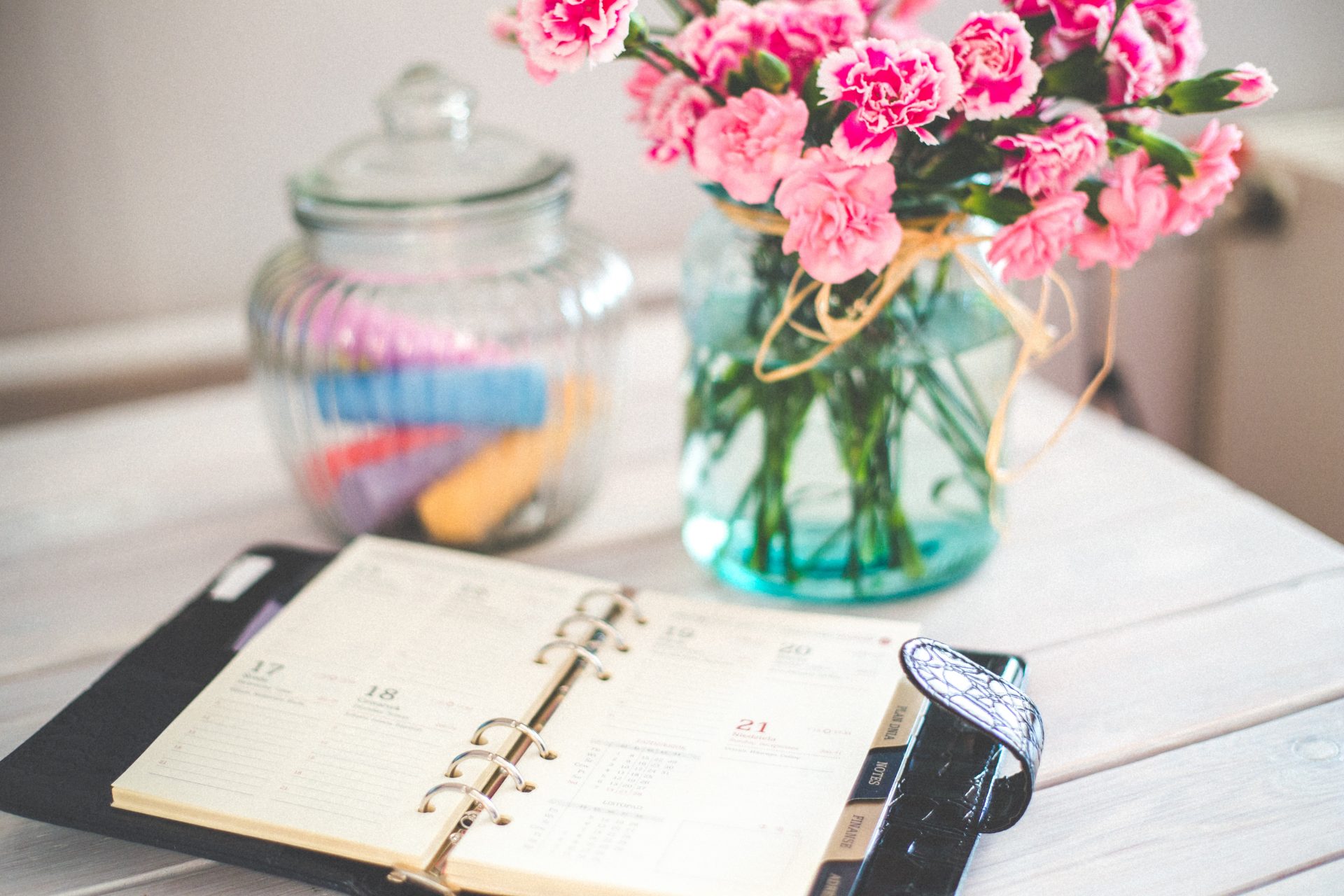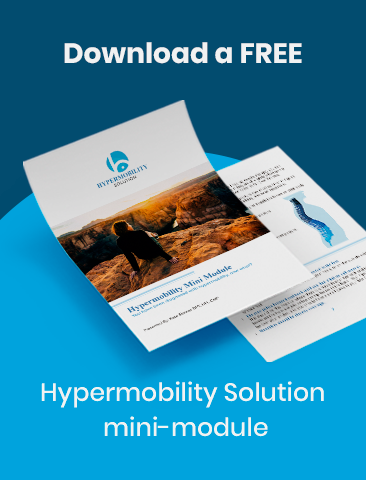Balance and stability impact those with hypermobility. Balance and stability help control your position and help create stability with movement.
Being able to own your space is very important, and balance focuses on not allowing your environment to dictate how you move.
How Our Environment Impacts Our Hypermobility
We live in a world that has a continually changing environment, from weather to locations we live and travel to.
The more we can tolerate and manage these changes, the broader our world gets.
Unstable surfaces include snow and ice, rain, rock, bumpy lawns or fields, sand, clay, and the variety of other human-made things that tend to shift and move under our feet like legos, cards, papers, mats, or the infinite possibility of things that make up your world.

What Is The Relationship Between Balance and Hypermobility?
Balance is defined as an even distribution of weight enabling someone or something to remain upright and steady or to keep or put (something) in a steady position so that it does not fall.
These are both pertinent to controlling hypermobility.
A synonym for balance is stability, but they are not necessarily the same thing.
We tend to think of balance as something like a tightrope walker. You are successful as long as you don’t fall. That does not mean you are stable. You can have good balance and yet poor stability.
For hypermobility, you want to focus on the stability aspect, and if you improve your stability, your balance will improve.
What Is The Relationship Between Stability and Hypermobility?
What exactly is stability then? It is the strength to stand or endure, and the property to return to or maintain the original condition. In essence, it is the ability to control and maintain your position.

Starting A Balance Program
Starting a balanced program is very important and should become a regular staple in any hypermobility program.
This is surprisingly easy to do and doesn’t take a lot of time, but instead needs consistency. For example, 1 minute 5 times a day is more effective than 10 minutes once a day.
Once you know where you are starting, then you can begin to work through a balanced exercise progression.
If you don’t feel like you have to focus on your balance, it is too easy. If you are struggling to maintain your position and feel like you could fall, that is too hard.
Always work on your balance near a wall or countertop, something that is solid and nearby to prevent losing your balance.
Use and practice your step-response if your balance shifts. Exercises are best performed when you challenge yourself, but there is no danger.
Your Daily Routine
The balance should be a part of your daily routine and is easy to integrate.
Try to match it up with something you do on a regular basis, such as brushing your teeth or washing your hands. It can also be great to work on when you are on a phone call or teleconference. It doesn’t require a significant amount of time.

Looking for an online support team? Join the Hypermobility Solution Facebook Group here!

About Kate

Kate Skinner is a Doctor in Physical Therapy, co-founder of Great Divide Physical Therapy, and creator of Hypermobility Solution.
Recent Posts


